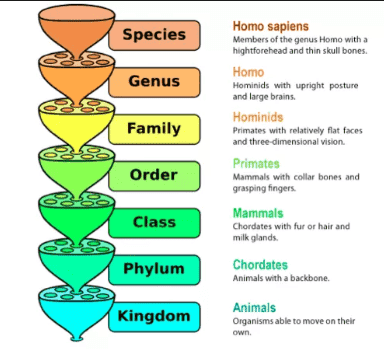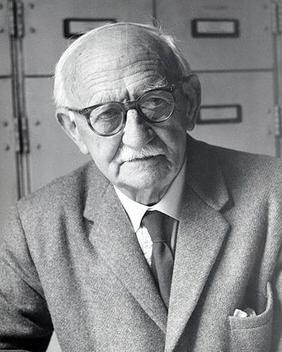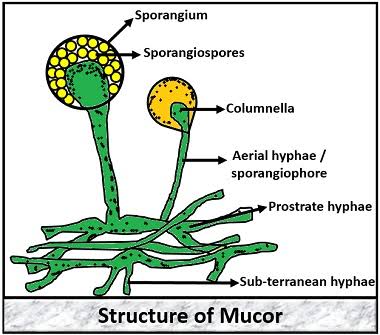DEFINITION OF PHOTOSYNTHESIS
- Is the process by which autotrophic organism use light enrgy to make sugar and oxygen gas by carbon dioxide and water.
Reaction of photosynthesis
- Light dependent reaction
- Light independent reaction
- Occurs in plants, algae and some prokaryotics.
- Stored as carbohydrate in their bodies.
- Anabolic (small molecule combined)
- Endergonic (stores energy)
IMPORTANCE OF PHOTOSYNTHESIS
Photosynthesis and sun energy
- A process that most biological organisms unable to perform.
- A.T.P is used to power these processes.
- Convert light energy into chemical energy in a form of glucose.
- Then the process of cellular respiration converts energy in glucose to energy in the form of A.T.P which is used to power biological process.
Photosynthesis and carbon dioxide removal
- Convert carbon dioxide into oxygen.
- During photosynthesis carbon dioxide leaves the atmosphere and enter the plant and leaves as oxygen.
- A process which is ecologically and environmentally important in nature.
Photosynthesis and the ecosystem
- The energy produced by photosynthesis forms the basis of virtually all terestrial and aquatic food chains.
- As a result photosynthesis is the ultimate source of carbon in the organic molecule found in most organisms.
- The high O2 concentration in the atmosphere is derived directly from the light reactions of photosynthesis.
- Prior to evolution of photosynthesis on earth, the atmosphere was anoxic.
Photosynthesis and side products
- Solar energy, transformed by photosynthesis, is the source of countless vegetables, animal and organic side product.
- Wood is very important material used as fuel and in many fields including construction.
- Paper, cotton and other natural fibres consist Of cellulose produced almost entirely by photosynthesyzing plants.
- Wool depends on the energy sheeps obtain from grass, and photosynthesis.
Sites of photosynthesis
- Photosynthesis occurs in chloroplasts , in certain plants organelles.
- All green plants parts have chloroplast and carry out photosynthesis.
- The leaves have the most chloroplasts.
- The green colour come from chlorophyll in the chloroplasts.
- The pigment absorb light energy.
- A chloroplasts contain
- Grana, stacks of thylakoids
- The thylakoids contain chlorophyll
- Chlorophyll is green pigment that captures light for photosynthesis.
Why are plants green?
- Plants cells have green chloroplasts.
- The thylakoid membrane of the chloroplast is impregnated with photosynthetic pigment ( chlorophylls, caretonoids)
- Chlorophyll is located in the thylakoid membranes.
- Chlorophyll have Mg+ in the centre.
- Chlorophyll pigments harvest energy by absorbing certain wavelnghths (Blue 420nm Red 660nm are most important).
- Plants are green because the green wavelengths is reflected, not absorbed.















0 Comments
If you have any query let me know.